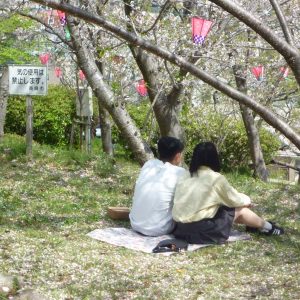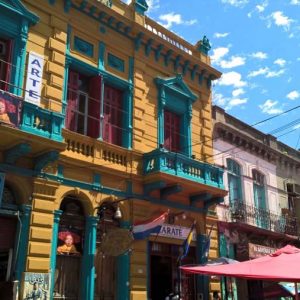Timely advice for safe summer tanning and beyond
Read this article in conjunction with ‘There is no such thing as a safe tan’.
Sunshine and its warmth are to be enjoyed but too much exposure will cause skin damage. The commonest UK cancer is cancer of the skin. An astonishing 2,500 people die annually from this disease. 100,000 new cases are seen every year and the number is growing especially in the younger % of our population. The malignant form of skin cancer is melanoma with over 14,000 new cases diagnosed each year and the majority of cases are preventable! People with moles, freckles and light skin which easily burns are more at risk.
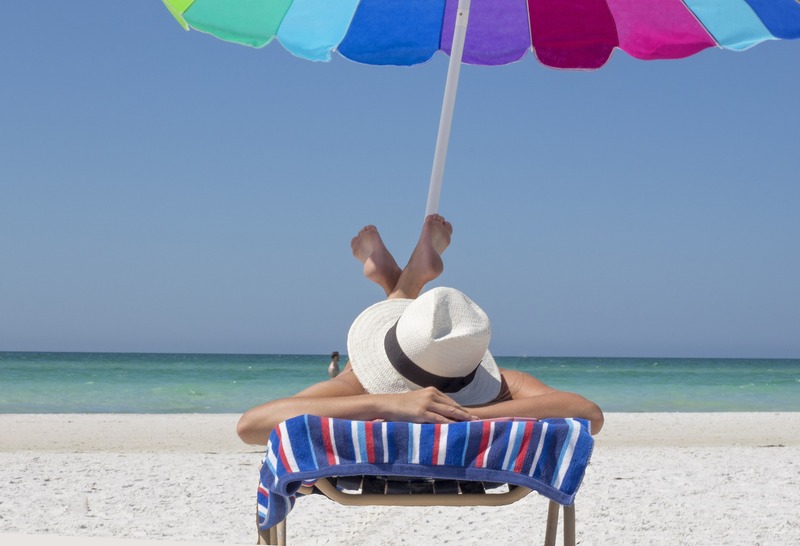 For up to 8 months a year the sun is strong enough to cause sunburn (March to October). Even on a cloudy day up to 80% of UV rays penetrate this cover. On winter holidays it does pay dividends to respect the sun too. Snow can reflect around 80% of UV rays and the higher the altitude the stronger these rays become. Even water can reflect 30 to 40% and a traditional sandy beach up to 20%.
For up to 8 months a year the sun is strong enough to cause sunburn (March to October). Even on a cloudy day up to 80% of UV rays penetrate this cover. On winter holidays it does pay dividends to respect the sun too. Snow can reflect around 80% of UV rays and the higher the altitude the stronger these rays become. Even water can reflect 30 to 40% and a traditional sandy beach up to 20%.
In Britain it is best to sit in the shade between 11am and 3pm as this is the time that the UV rays are the strongest. Any shade will do. And of course, clothing protects too – the more skin covered the better is the UV protection. It is obvious really.
Choose clothing with care. Loose fitting is essential. And it is all about the weave too. Choose tight woven fabric. If you hold up the material and you can see through the fabric then the sun can get through and cause problems.
Hats are essential. Baseballs hats may look trendy but don’t give great protection. The ears and face and neck are all vulnerable. Choose wide brimmed hats for added protection. They may not look as good, but they may ultimately save a life.
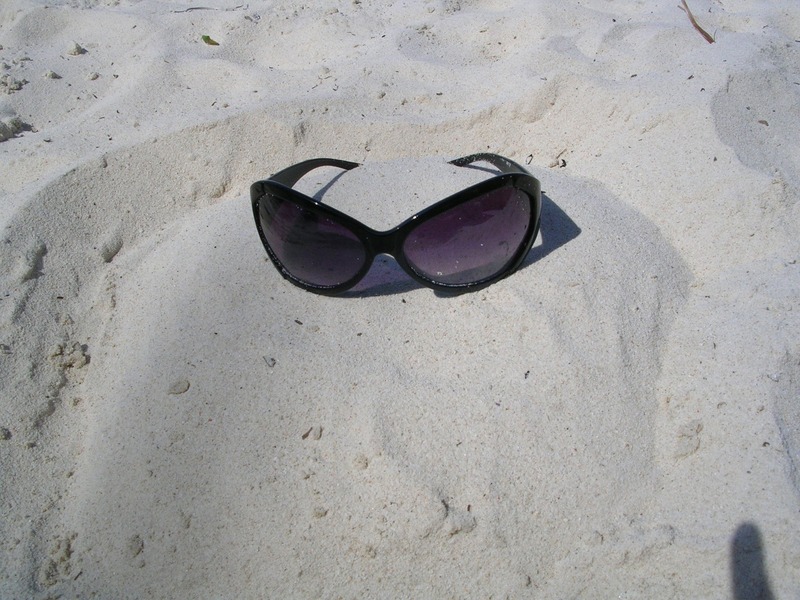 Don’t look directly into the sun. This can cause eye damage. Wear sunglasses with a CE mark/ British Standard offering 100% UV protection. Look for a label with UV400 also.
Don’t look directly into the sun. This can cause eye damage. Wear sunglasses with a CE mark/ British Standard offering 100% UV protection. Look for a label with UV400 also.
A recent report has revealed something that we pharmacists have always known. That people never apply the correct amount of sunscreen. It is recommended that 30-35ml is used to cover the whole body in a single application. A regular 200ml size bottle will not last that long especially as re application is recommended during the day. So, do make sure you take enough away with you on your holidays.
Use a minimum SPF (Skin protection factor) of 30 and a four star protection against UV rays. Remember that no sunscreen is 100% effective and re application is essential. Every 2 to 6 hours is recommended by dermatologists even when using those that offer or profess to offer ‘all day protection’. Sweating and swimming quickly reduces efficacy. Re apply after drying with a towel.
Don’t forget to apply to all areas of exposed skin especially backs of hands and feet. Most people forget the ears too. Don’t!
SKCIN is a new charity, raising skin cancer awareness through education. The website is superb and highly recommended by health professionals. Do take a look. It may save the life of a loved one. www.skcin.org.
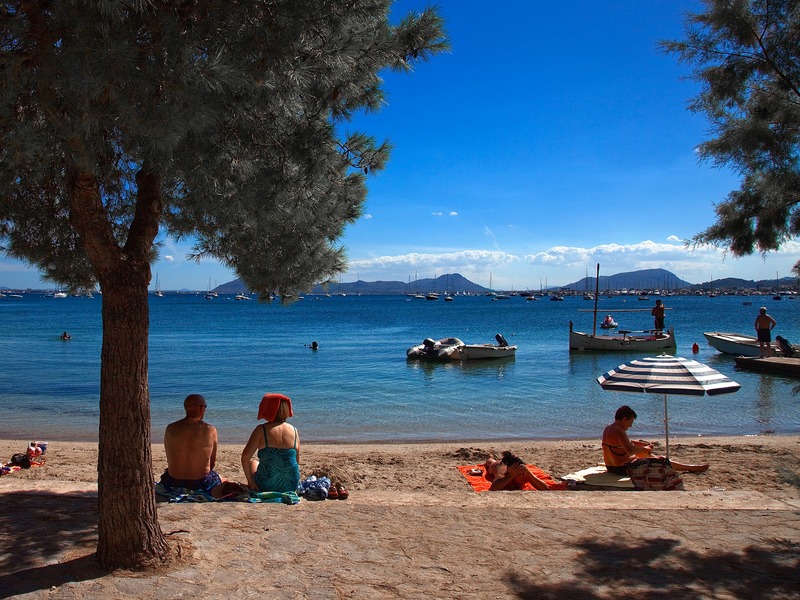 Sunbathing can affect diabetic control making blood glucose levels higher than normal. Be aware! Insulin is absorbed much quicker into the body when injected in hot weather and this can increase the risk of hypos. So, it is essential to monitor HbA1c levels more often and be ready to adjust your dose. Many diabetics have neuropathy and may not be aware that the skin on the feet is burning.
Sunbathing can affect diabetic control making blood glucose levels higher than normal. Be aware! Insulin is absorbed much quicker into the body when injected in hot weather and this can increase the risk of hypos. So, it is essential to monitor HbA1c levels more often and be ready to adjust your dose. Many diabetics have neuropathy and may not be aware that the skin on the feet is burning.
It is essential to stay hydrated, so drink plenty of fluids.
Remember the shadow rule promoted by Cancer Research. If your shadow is shorter than your height, then the sun’s UV rays are at their strongest. Time to take a break and pop into the shade.
Finally enjoy the sun but do remember the 5 Ss of sun safety being promoted by SKCIN; SLIP, SLOP, SLAP, SLIDE, SHADE.
SLIP on a T-shirt
SLOP on SPF 30 plus sunscreen
SLAP on a broad -brimmed hat
SLIDE on quality sunglasses

